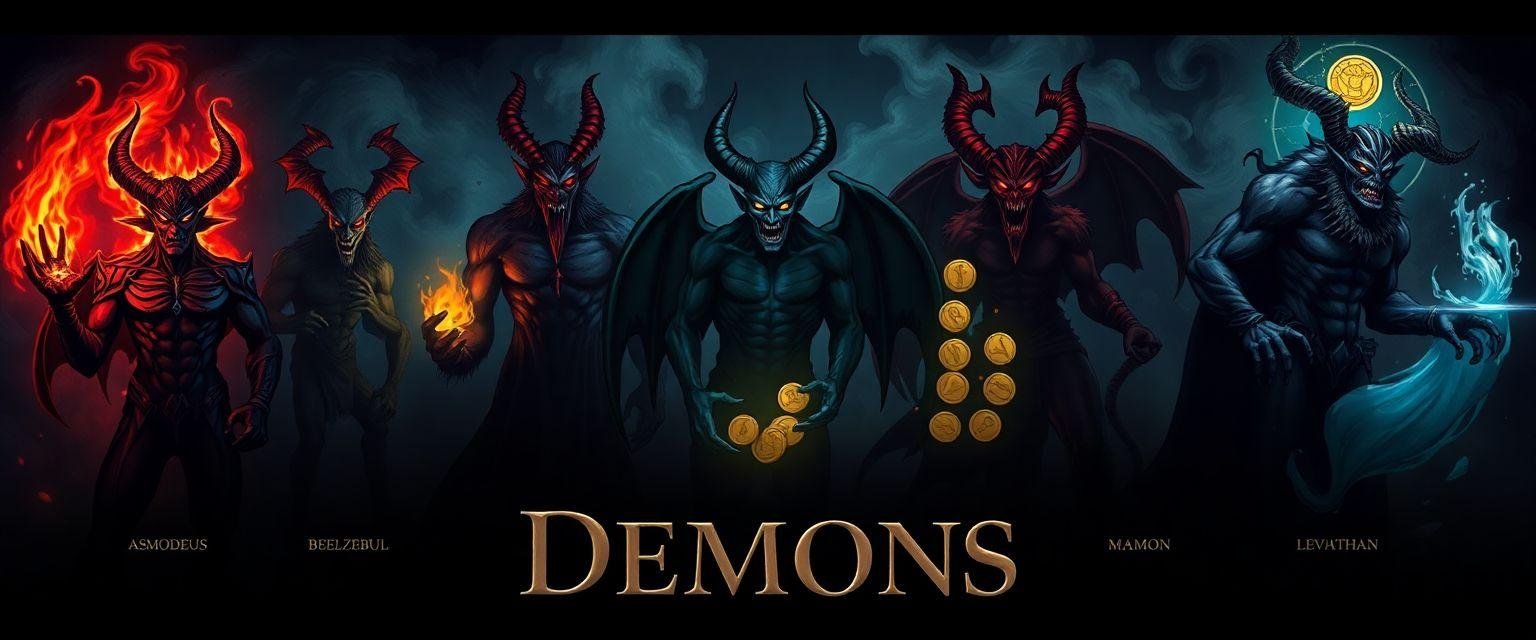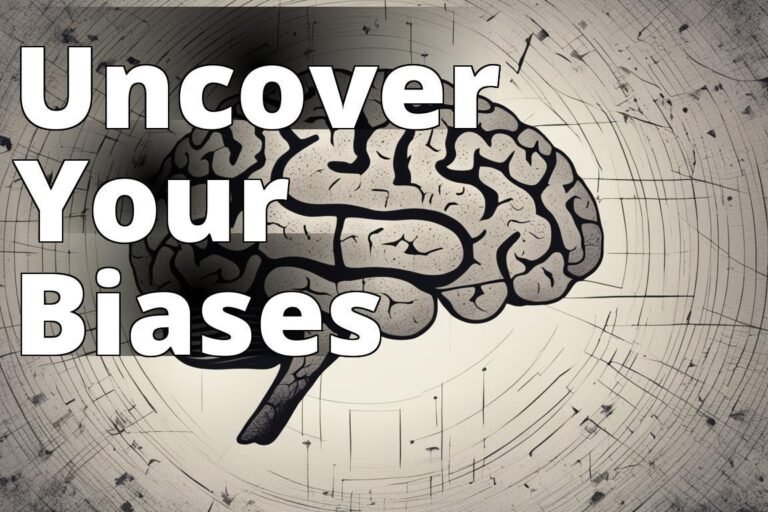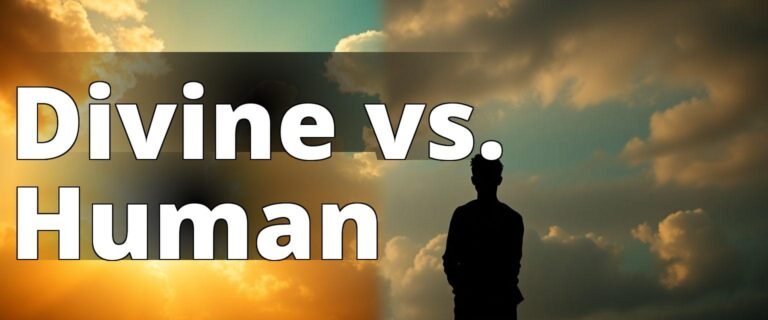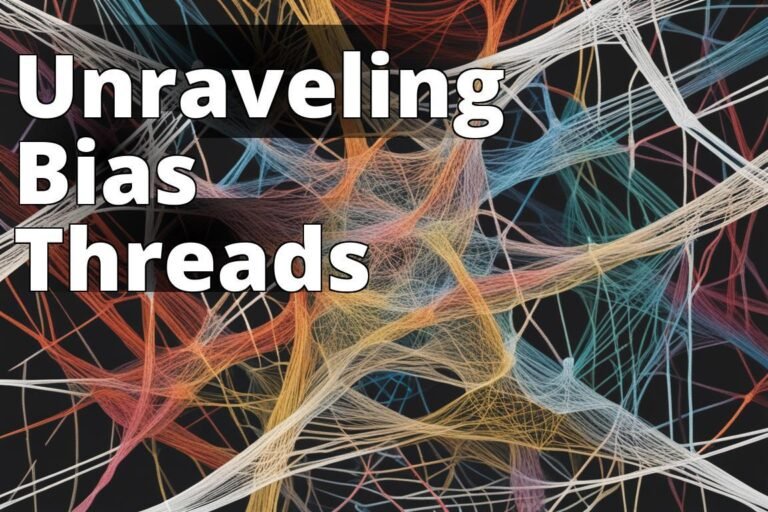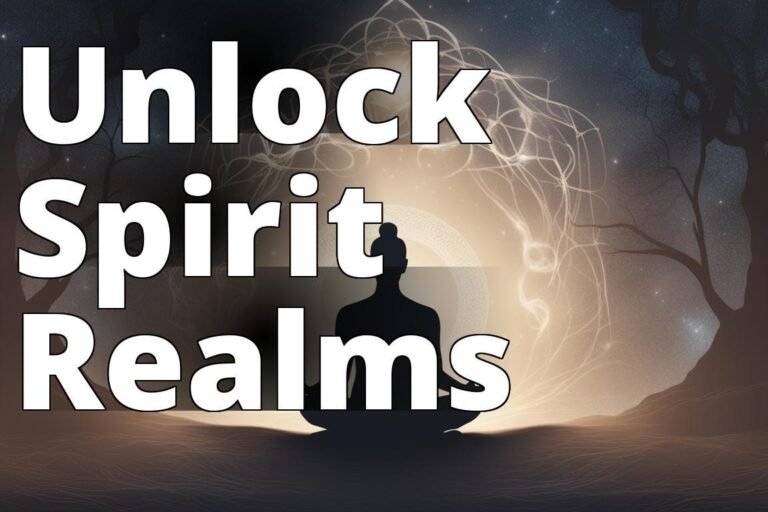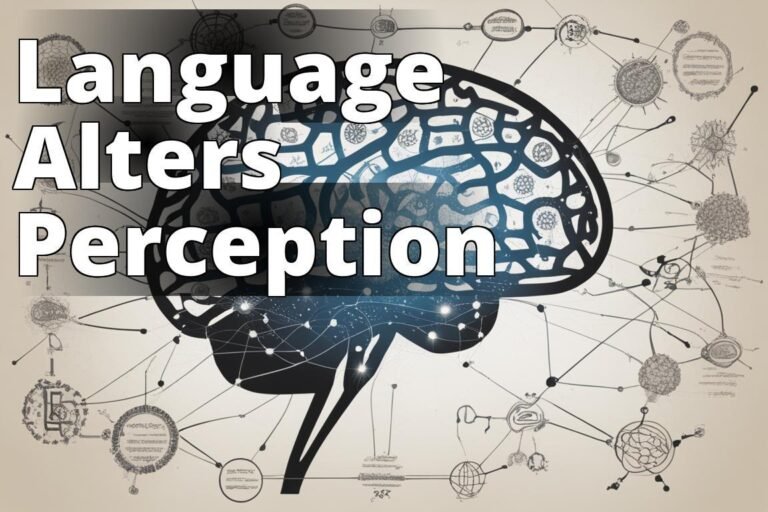7 Most Powerful Demons in the World
When considering the underworlds most formidable entities, have you ever wondered which demons rank among the most terrifying? As the tales of hell have intrigued humanity for centuries, we often turn to the seven deadly sins as a framework for understanding these dark figures. Each of these demons embodies one of these sins, serving as both allegory and warning. So, let’s dive into the abyss and take a closer look at the seven worst demons that reign supreme in hell. Prepare yourself for a journey through the depths of darkness where myth meets reality.
Learn About Notorious Demons
Discover the identities and traits of some of the most feared demons known in various cultures.
– Asmodeus: Known as the demon of lust, he is often associated with vengeance and chaos.
– Lucifer: Often viewed as the light-bringer, he symbolizes pride and rebellion against divine authority.
– Beelzebub: Referred to as the lord of the flies, he represents gluttony and is linked to the concept of evil spirits.
1. Asmodeus
Asmodeus, often associated with lust, is arguably one of the most fascinating demons in demonology. This demon is not just a figment of ancient lore; he is a complex character with a rich history spanning various cultures, including the Persian and Judaic traditions. Asmodeus appears in the deuterocanonical Book of Tobit, where he torments Sarah, killing seven of her husbands on their wedding night.

Insider Tip: A great way to understand Asmodeus is through the lens of cultural anthropology. His character reflects societal fears about unchecked desires and passions.
In modern interpretations, Asmodeus is often depicted as a charming, yet sinister figure. Some scholars suggest that his enduring presence in literature and media can be attributed to the universal human struggle with desire and temptation. For instance, the rise of digital media has only intensified discussions around lust and its manifestations, often personified by Asmodeus in popular culture.
Why do we consistently find ourselves drawn to tales of desire, even when they warn of destruction? Could it be that Asmodeus symbolizes more than mere lust, perhaps representing a fundamental aspect of human nature that we are reluctant to confront?
2. Beelzebub
Beelzebub, the Lord of the Flies, is another infamous demon, often associated with gluttony. His origins are traced back to ancient Philistine deities, and his name is frequently invoked in Christian demonology. Beelzebub’s association with gluttony goes beyond mere overindulgenceit speaks to the insatiable hunger for power and control.
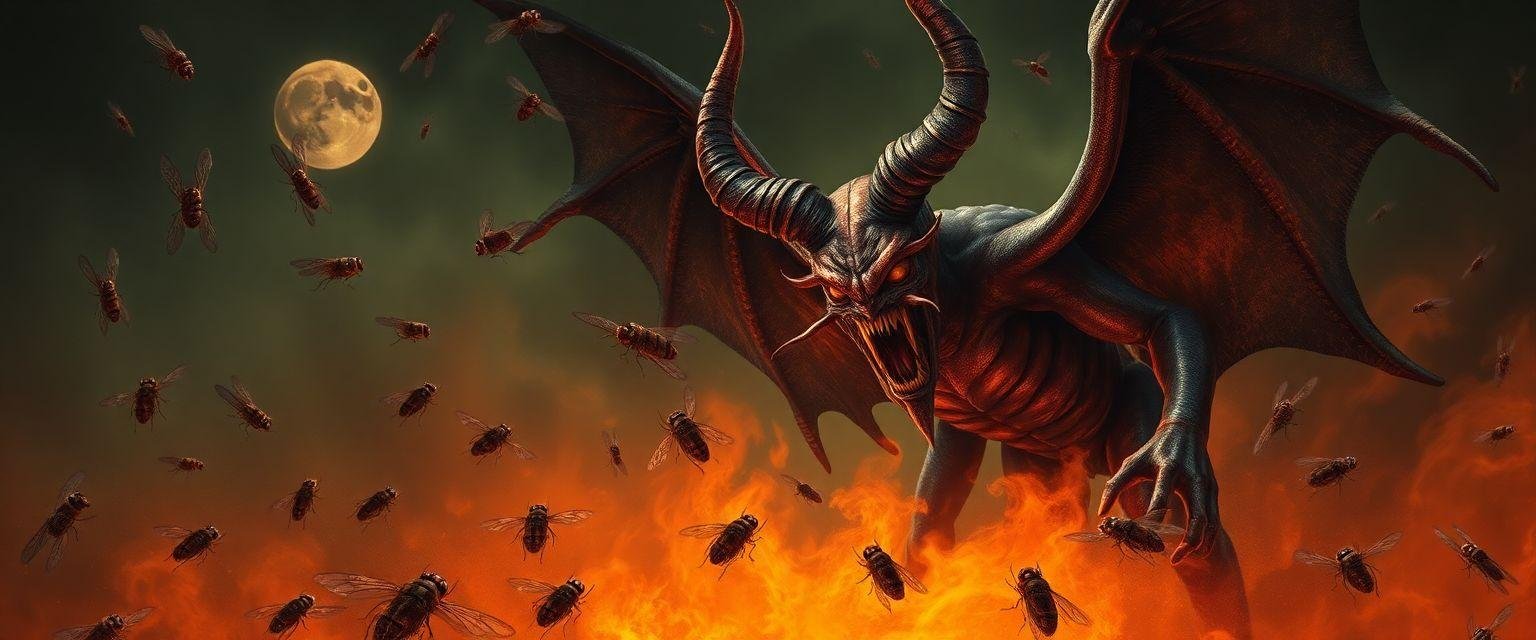
In literature, Beelzebub has often been portrayed as a cunning strategist, second only to Lucifer in his schemes. His role in John Milton’s “Paradise Lost” as a high-ranking demon underscores his influence and the seductive nature of power.
From a psychological viewpoint, gluttony can be viewed as an obsessive need to fill a void, be it emotional or spiritual. Scientific research has shown that compulsive behaviors often stem from deeper psychological issues, raising the question: Is our fascination with Beelzebub a reflection of our own struggles with excess?
3. Mammon
Mammon, the demon of greed, is perhaps the most relevant figure in todays society, where consumerism runs rampant. Historically, Mammon personifies the insatiable desire for wealth and material gain. He is often depicted as a rotund, grotesque figure, weighed down by his own greed.

Insider Tip: Economists often use the concept of “Mammon” to discuss the pitfalls of capitalism and the blind pursuit of wealth.
In the modern world, Mammons influence is palpable in the corporate culture that prioritizes profit over people. The 2008 financial crisis is a stark reminder of what happens when the scales tip too far in favor of greed. Studies in behavioral economics suggest that the pursuit of wealth can lead to unethical behavior, echoing the warnings embodied by Mammon.
Could our fascination with Mammon be a subconscious acknowledgment of the destructive potential of unchecked capitalism? How do we balance the drive for success with ethical considerations?
4. Leviathan
Leviathan, often depicted as a massive sea serpent, embodies the sin of envy. This demon’s origins can be traced back to ancient Near Eastern mythology, where he is often seen as a creature of chaos and destruction. In Christian demonology, Leviathan is said to be the gatekeeper of Hell, representing the overwhelming power of envy.
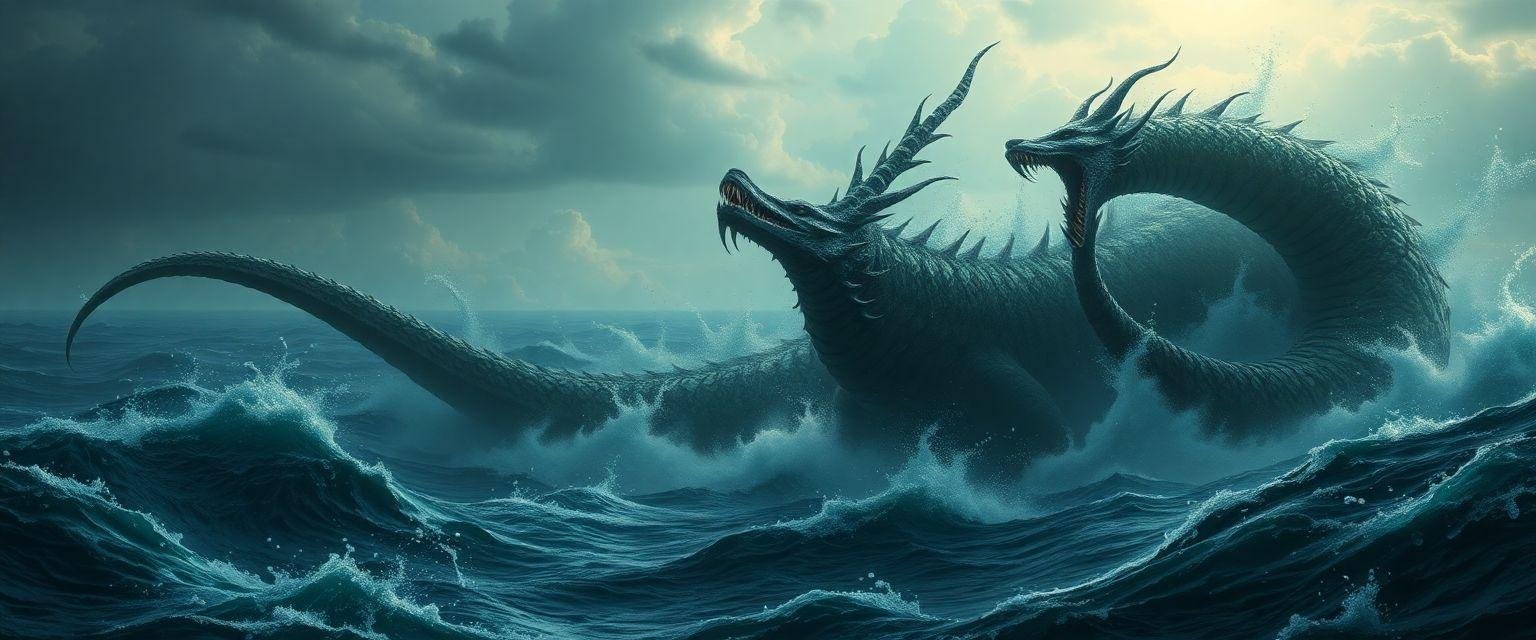
The symbolism of Leviathan extends beyond envy, often serving as a metaphor for the fear of the unknown and the uncontrollable forces of nature. This demon’s portrayal in literature and art emphasizes the destructive power of envy, which can consume an individual from the inside out.
Modern psychological studies highlight the detrimental effects of envy on mental health, suggesting that this emotion can lead to a cycle of resentment and dissatisfaction. Is Leviathan a mere myth, or does he represent the very real danger of letting envy rule our lives?
5. Belphegor
Belphegor, the demon of sloth, is one of the more insidious figures in demonology. Unlike the other demons who incite active sin, Belphegor tempts humanity through inaction and complacency. He is often depicted lounging, surrounded by the comforts of idleness.
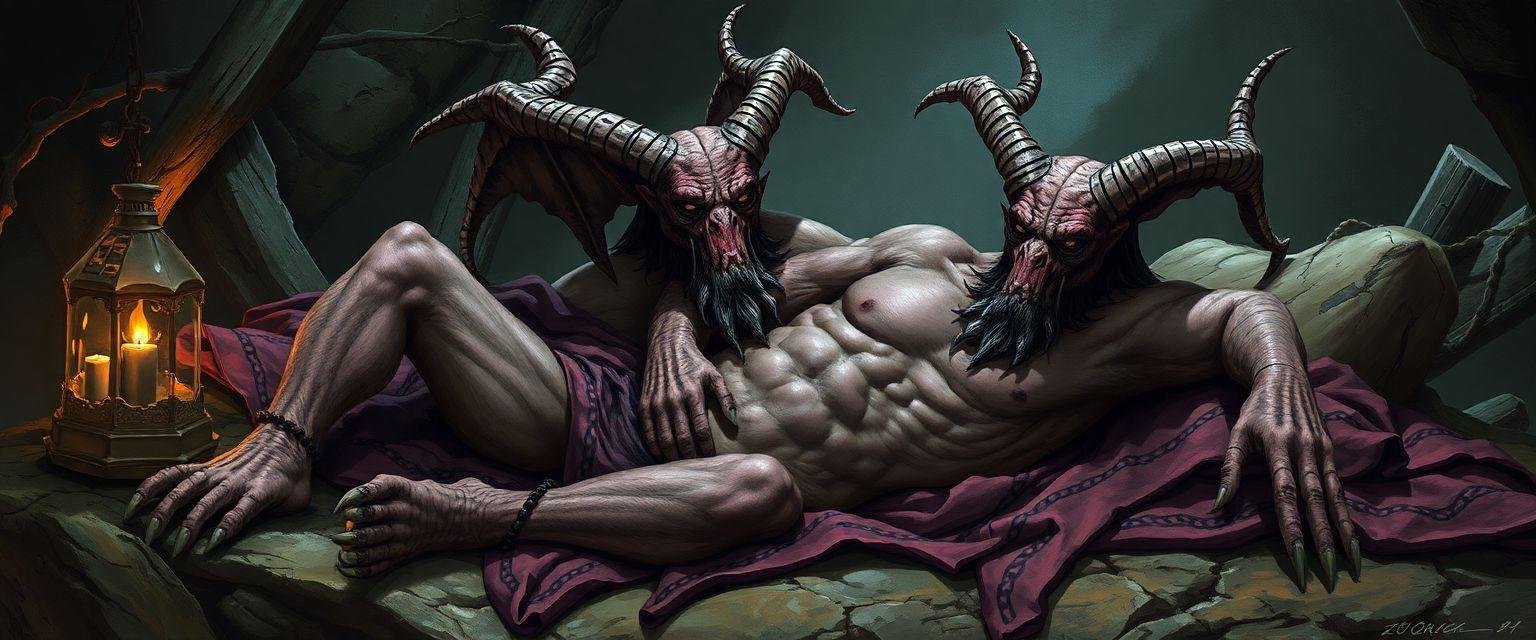
In today’s fast-paced world, Belphegors influence is seen in the form of procrastination and digital distractions. Studies have shown that excessive screen time and social media use can lead to decreased productivity and increased feelings of laziness. Belphegor, therefore, serves as a cautionary tale about the dangers of complacency.
Could it be that Belphegor’s subtlety makes him the most dangerous demon of all? How do we combat our own tendencies towards sloth in a world designed to distract us?
6. Lucifer
Lucifer, the light-bringer, is perhaps the most well-known demon, often associated with pride. His story is one of rebellion, as he is famously cast out of Heaven for his hubris. Lucifer’s tale is a powerful reminder of the dangers of pride and the fall from grace that it can precipitate.
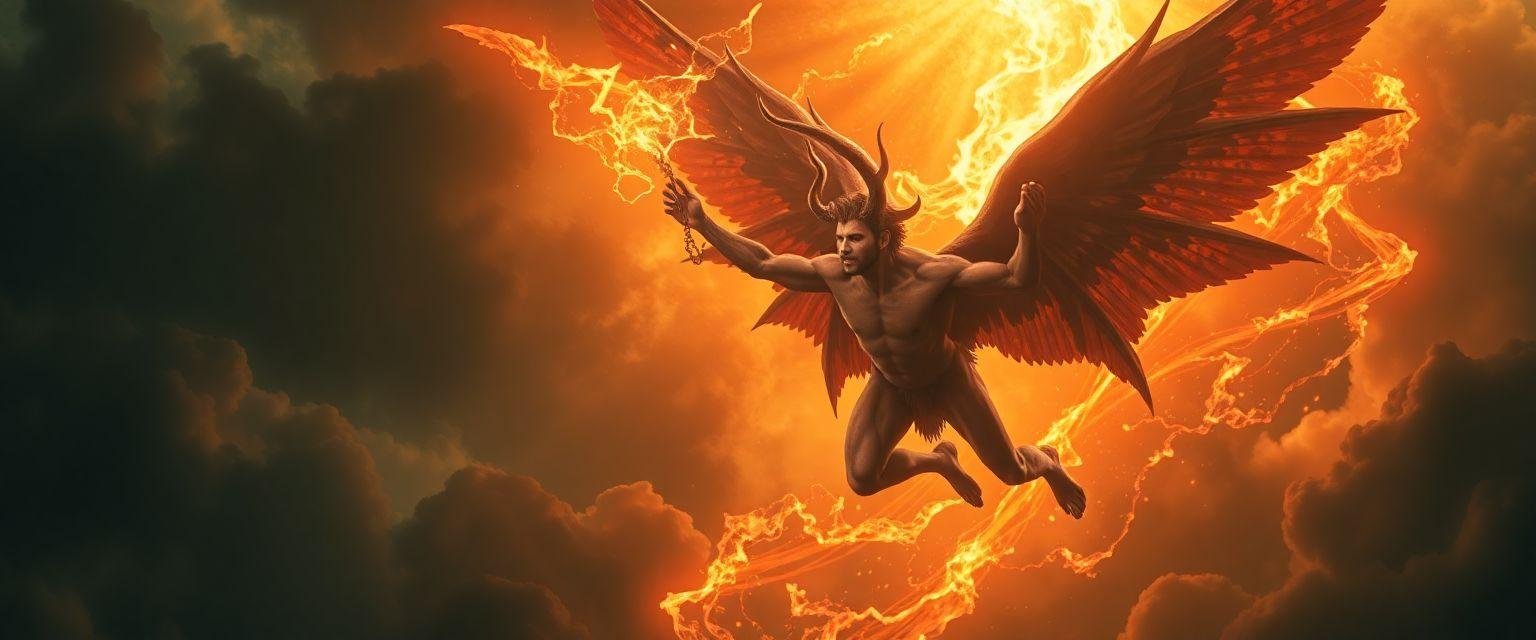
Insider Tip: The story of Lucifer is often used in leadership training to discuss the pitfalls of ego and the importance of humility.
In modern interpretations, Lucifer is sometimes portrayed as a tragic hero, a figure whose fall was a consequence of his desire for freedom and autonomy. This complex character invites us to reflect on the fine line between self-confidence and arrogance.
With pride being a double-edged sword, how do we navigate the balance between healthy self-esteem and destructive hubris? Does Lucifer’s story resonate with those who challenge authority, or does it serve as a warning against overstepping one’s bounds?
7. Astaroth
Astaroth, the demon of vanity and sloth, is often depicted as a fallen angel with a serpents tail. His origins lie in ancient Middle Eastern mythology, where he was worshiped as a god before being demonized by later traditions. Astaroth is known for his persuasiveness and ability to deceive.
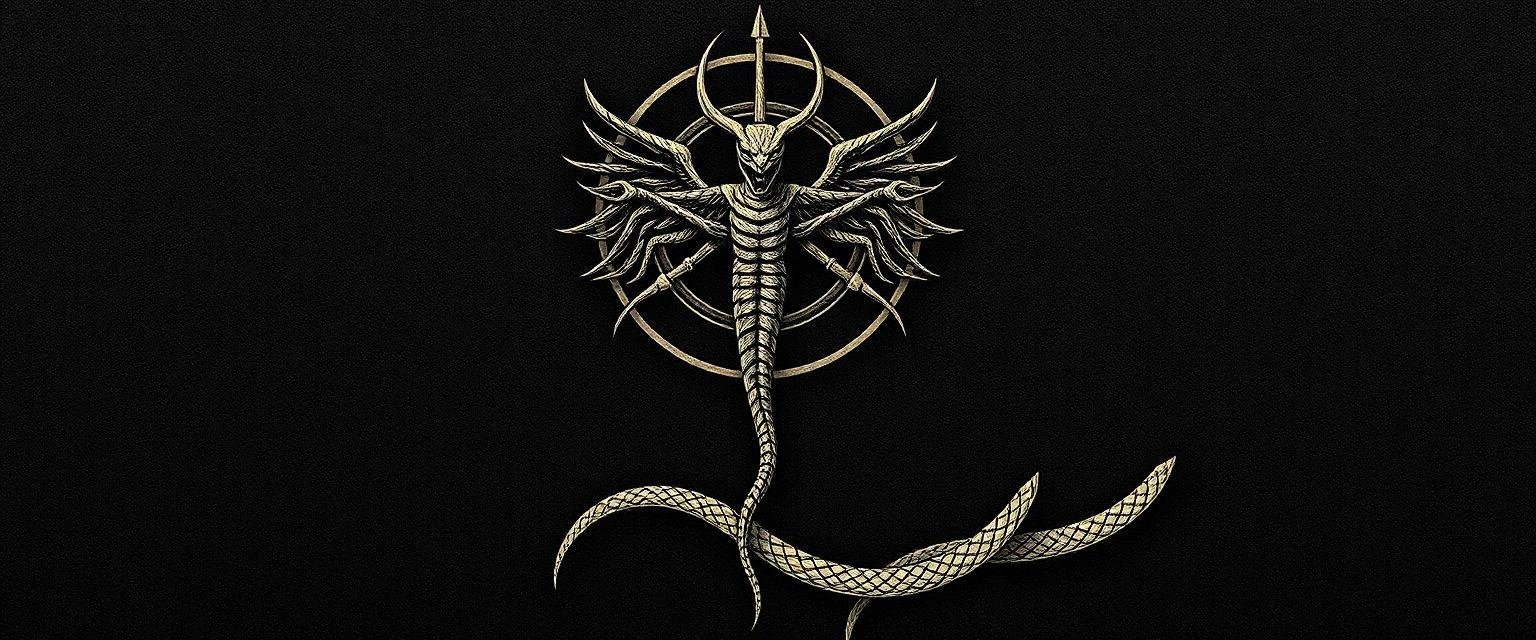
In todays culture, Astaroths influence can be seen in the obsession with appearances and the rise of social media influencers. Vanity, often associated with self-absorption, can lead to a disconnect from reality, a theme that Astaroth embodies.
Psychological research indicates that excessive focus on self-image can lead to mental health issues, such as anxiety and depression. Is our cultural emphasis on vanity a reflection of Astaroth’s enduring legacy? How do we find authenticity in a world preoccupied with appearances?
Conclusion
The seven worst demons of hell, each embodying a deadly sin, serve as cautionary tales that continue to resonate in modern society. Whether through lust, gluttony, greed, envy, sloth, pride, or vanity, these demons highlight the potential consequences of our darkest impulses. As we navigate the complexities of contemporary life, these ancient figures remind us to reflect on our own behaviors and the ethical dilemmas we face.
Are these demons merely mythological constructs, or do they represent fundamental truths about human nature? How can we use their stories to better understand ourselves and the world around us? As we ponder these questions, perhaps we find that the real battle is not with external demons, but with the ones we harbor within.
For more insights into how these themes play out in our lives, visit our main index page.
As we close this exploration, remember that understanding these demons is not about fear, but about gaining wisdom and perspective on the human condition.
Questions & Answers
Who are the 7 worst demons in mythology and folklore?
The 7 worst demons include Beelzebub, Asmodeus, and Lilith among others.
What characteristics define the 7 worst demons?
The 7 worst demons are known for their immense power and malevolence.
How can one protect themselves from the 7 worst demons?
Protection can include spiritual rituals, prayers, and protective symbols.
Are the 7 worst demons real or just fictional characters?
While many view them as fictional, some believe they embody real evil forces.
What do the 7 worst demons symbolize in various cultures?
They symbolize chaos, temptation, and the darker aspects of human nature.
Why should I learn about the 7 worst demons in detail?
Understanding them can provide insights into human fears and cultural beliefs.

